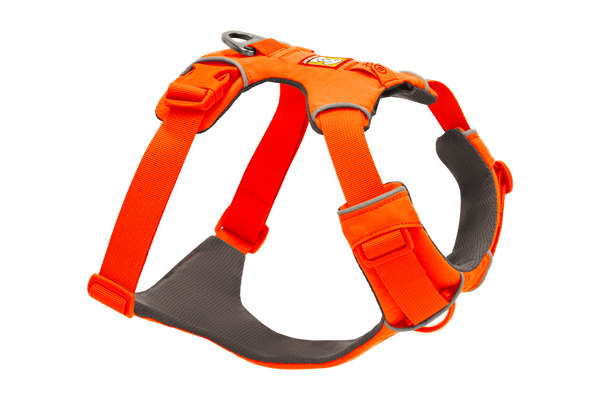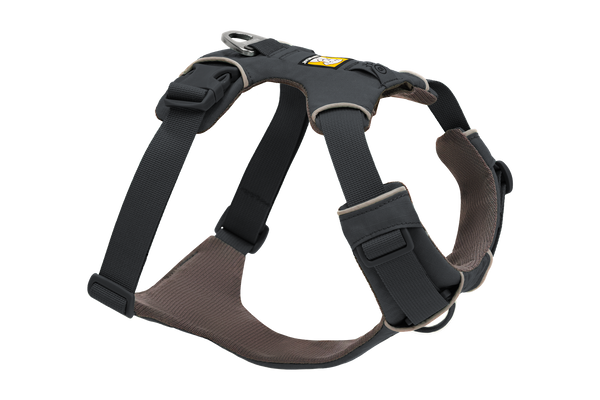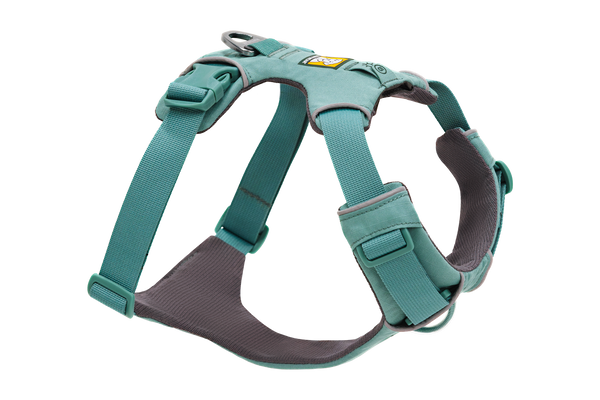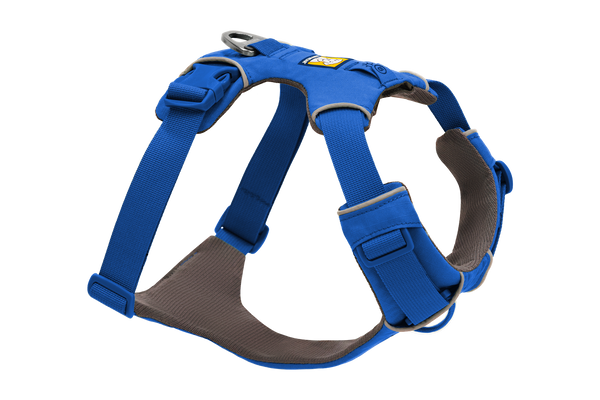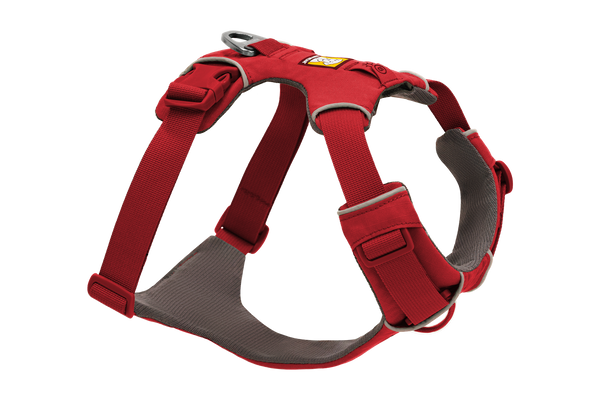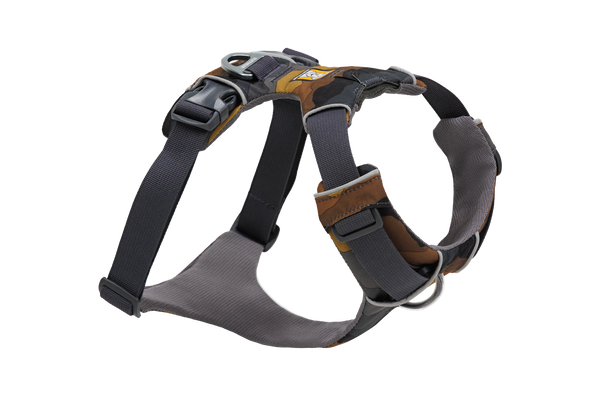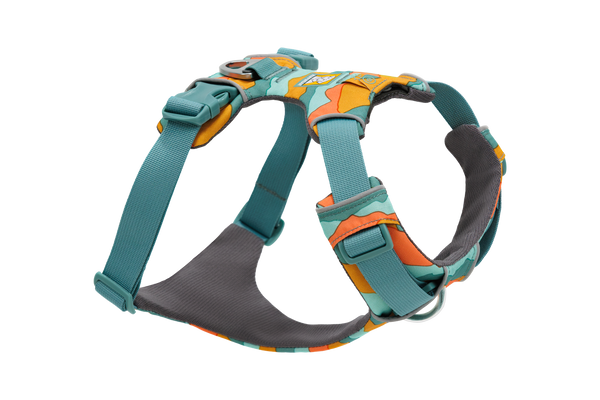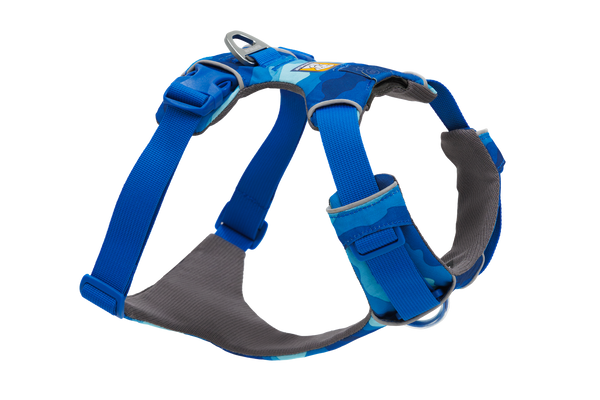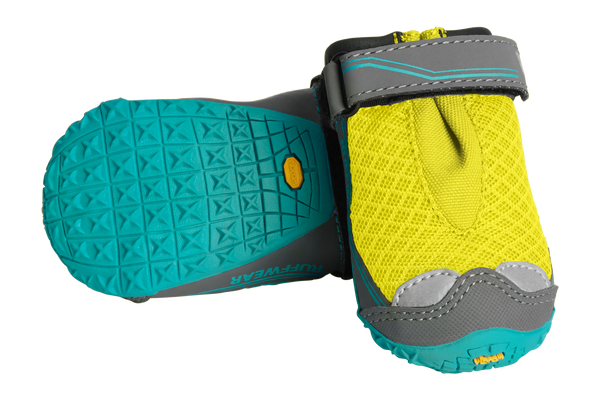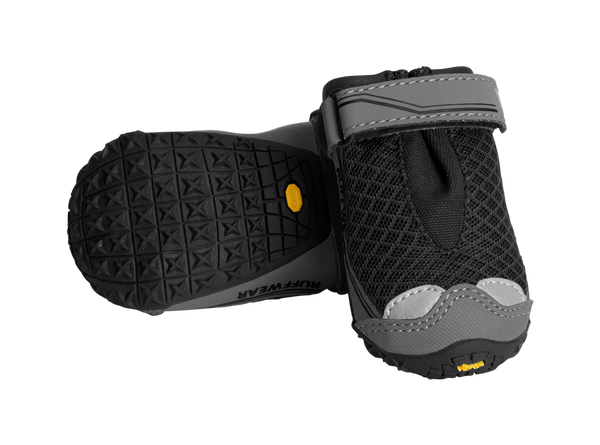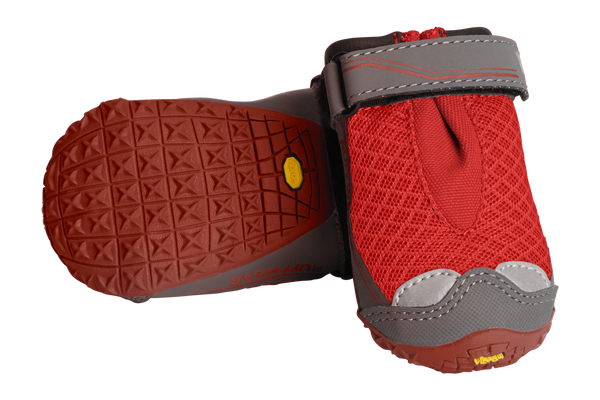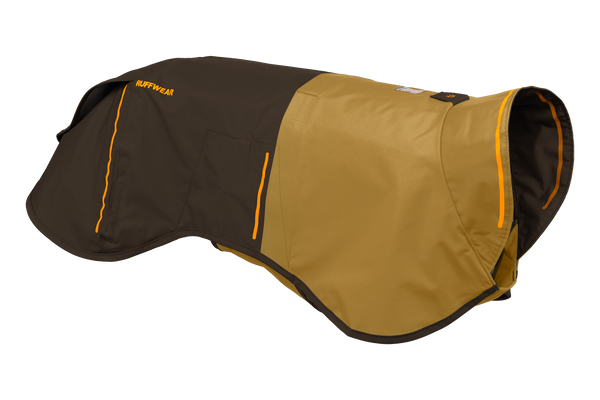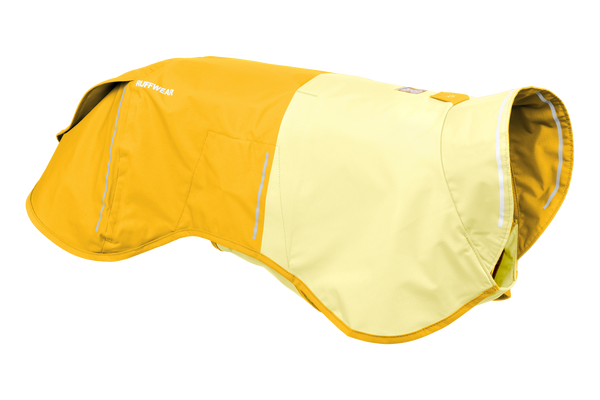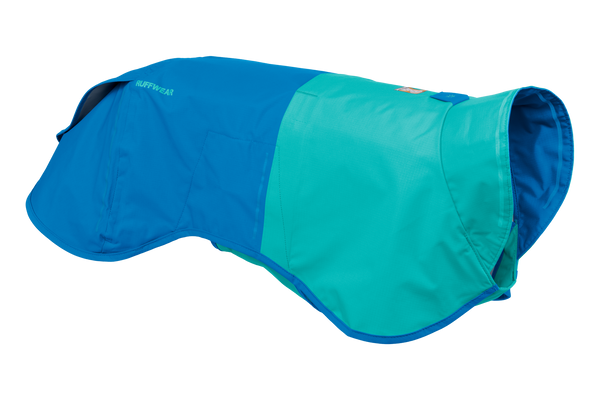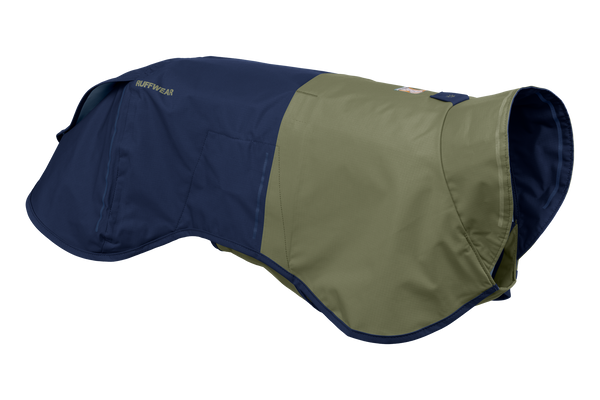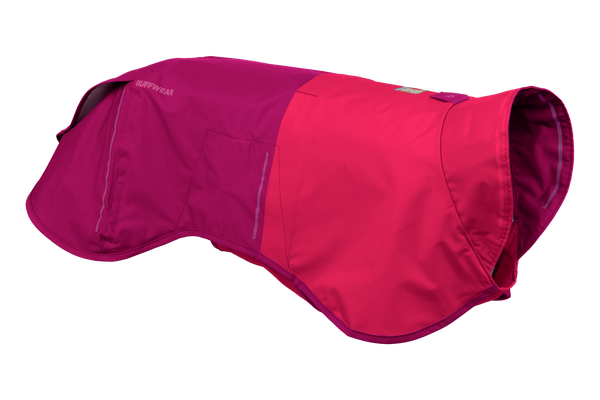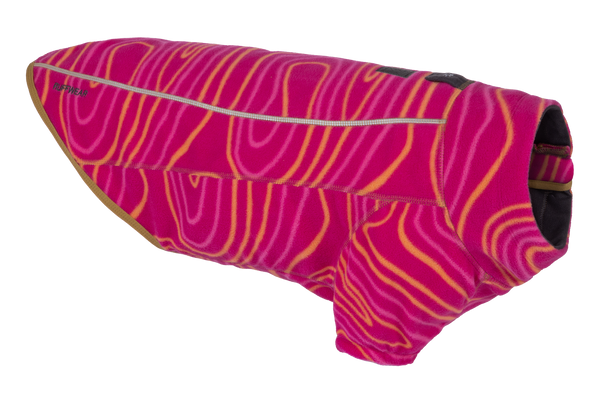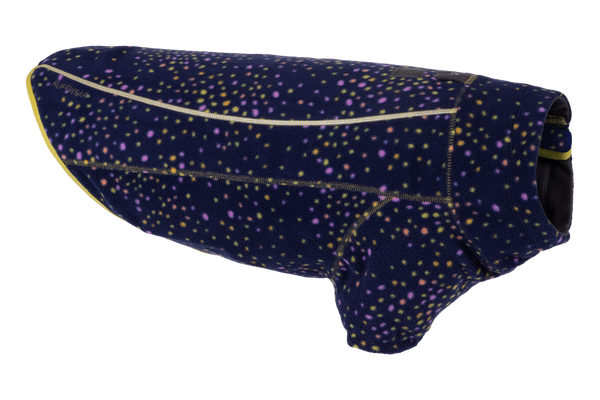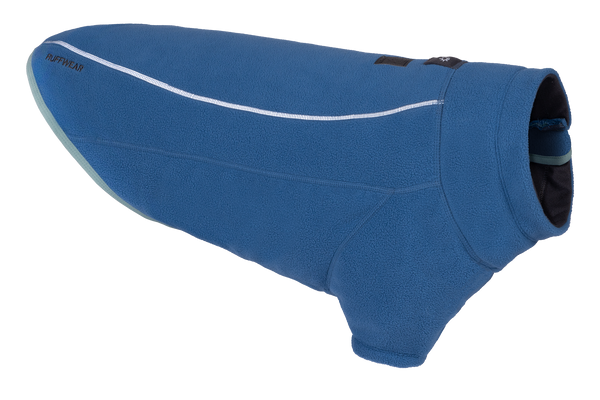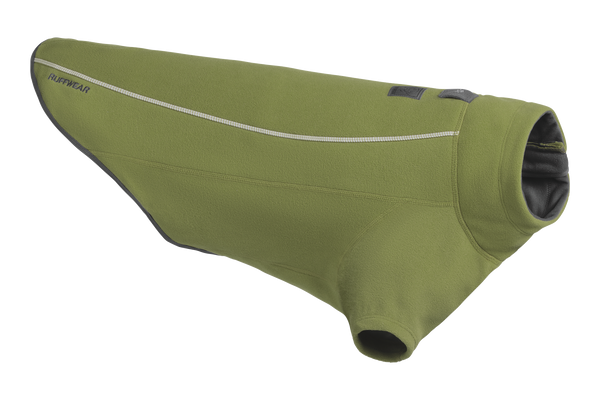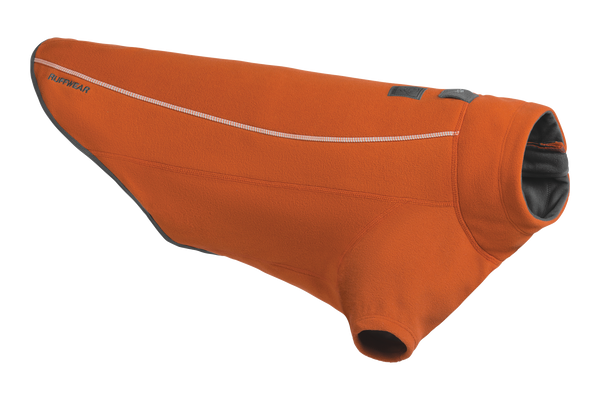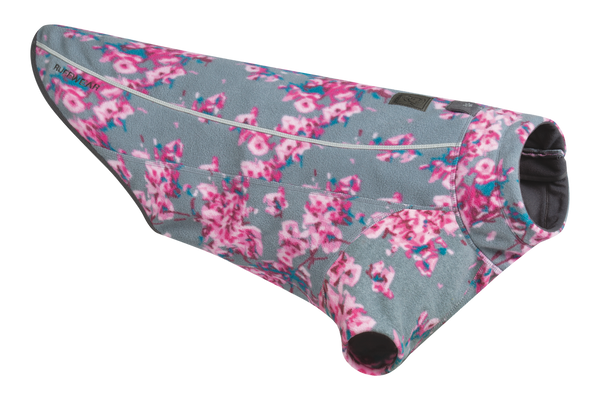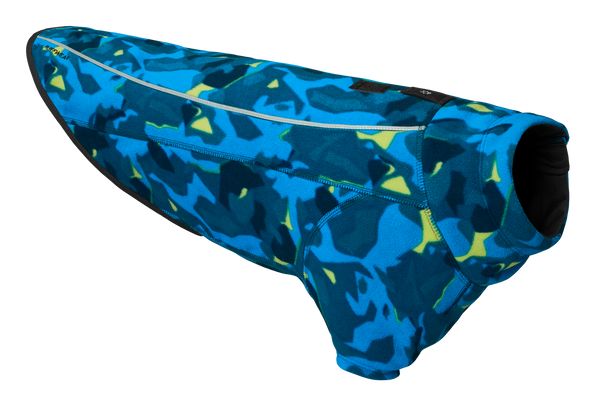The History of the First Ruffwear Dog Boots
As we celebrate our 30th anniversary, we're taking a look back at Ruffwear’s history of innovation and performance, all driven by a passion for inspiring dog and human adventures outdoors. This series explores the evolution of Ruffwear's iconic products, highlighting the challenges overcome and the solutions that continue to empower dogs to explore alongside their humans.
Ruffwear Boots: The Spark
In 1995, Ruffwear founder Patrick Kruse was brainstorming new dog products in his garage-based workshop. A conversation with a dealer about dog boots sparked an idea that would revolutionize outdoor adventures for canine companions. But the journey from concept to the iconic Ruffwear dog boots we know today was one of innovation, trial, and error.
Ruffwear hadn’t yet gotten into the boot business, and the dealer’s initial challenge to Kruse was to design dog boots that actually stayed on. Existing designs on the market focused on securing boots high on the leg, a method destined to fail — as the dog’s leg flexed during movement, the boots would slide down, and eventually, off. Inspiration struck when he realized a secure fit could be achieved by focusing on the narrowest part of the dog’s leg rather than the widest.
From Prototype to Peak Performance

The earliest Ruffwear boots were effective, but had some room for improvement. Made with repurposed tire rubber and sewn in a bag factory, they lacked comfort and flexibility. Plus, the factory’s standard 10 millimeter sewing margin meant that shoe sizing was inconsistent. Determined to improve, Kruse partnered with a footwear designer and Vibram, a renowned outsole manufacturer.
Throughout the design process, Kruse stumbled upon Nike research that revealed that a cloven-hoofed animal is the most surefooted animal out there. Think of a goat — they can climb on dirt and little pieces of rock when they’re traversing cliff walls. With this information, Kruse and his team designed a unique outsole with chevron-shaped lugs for superior traction in all directions. A flexible design also ensured a natural gait for dogs.

But the innovations went beyond the sole. Breathable mesh kept paws cool, a synthetic toe guard protected against debris, and a hook and loop closure system ensured the boots stayed on. Even the material of the straps was carefully considered, with polyester replacing water-absorbing nylon.
The culmination of these advancements was the Grip Trex™, the first boot built with the now-iconic Ruffwear features. While the design has been refined over the years, the core principles of secure fit, flexibility, and paw protection remain the same.
Ruffwear Boots in Action

Kruse admits that he was initially skeptical about dog boots…Dogs walk barefoot all the time, he thought to himself. At the time, Kruse and his blue heeler dog, Otis, loved to go on mountain biking adventures together, but seventeen miles of trails often left Otis opting to stay off his feet for days after. Then Kruse decided to product test the boots on his own dog. After their first post-boot adventure, Kruse noticed something remarkable. Instead of avoiding movement, Otis was back on his feet within thirty minutes. It was a moment of revelation, a clear sign of the impact paw protection could have on a dog's outdoor experience.
Today, Ruffwear dog boots are a must-have for any outdoor enthusiast with a canine companion. From protecting paws on hot pavement to providing traction on icy trails, the story of Ruffwear dog boots is a testament to thoughtful design and a dedication to enhancing the adventures of dogs and their humans. Ruffwear now has three styles of dog shoes to choose from, all designed from the dog’s perspective with the trail-ready build you’d expect from your own shoes.
